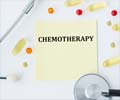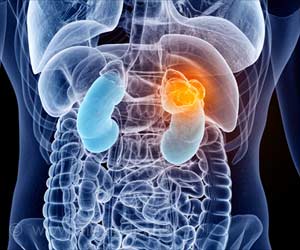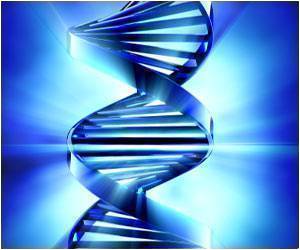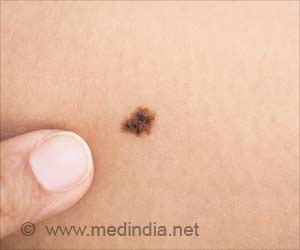
UC San Diego oncologist, Dr. Andrew Lowy, a pioneer in an extremely controversial treatment called hot chemo bath, made an incision from Upson's rib cage to pelvis, then cut out all visible tumours.
Using tubes, he then filled Upson's abdominal cavity with cancer killing drugs, the same used in chemotherapy but heated to almost 108 degrees.
In a process dubbed "shake and bake", he sloshed the hot chemicals inside Upson's belly for 90 minutes. The whole operation took 10 hours.
"There are cancer cells that aren't visible to our eyes, and can't be operated on," CBS News quoted Lowry as saying.
"We are trying to kill those tumour cells that could be a source of a recurrence. The rationale for using heat is that is has been known for over a century that heat is toxic to cancer cells," he said.
Advertisement
The treatment was also effective on 61-year-old Yehuda Bock. When he and his wife Sharona came to Lowy, he'd been diagnosed with Stage 4 colon cancer.
Advertisement
Source-ANI













